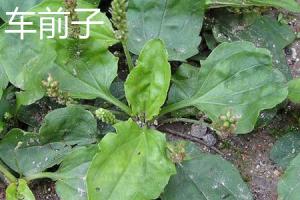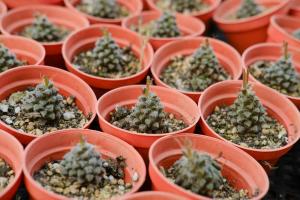Split root propagation of ginger with closed sheath
The split root propagation of closed sheath ginger is generally carried out in spring. Dig the underground rhizomes of closed sheath ginger and plant them separately in the field with 1-2 plant buds and rhizomes

Cutting propagation of ginger with closed sheath
The cutting propagation of closed sheath ginger has the advantages of fast speed and high survival rate. Cut the old and mature closed sheath ginger branches and stems, cut them in a small section with 2-3 nodes, and then insert these cuttings obliquely into the sand bed or sandy loam with excellent air permeability, and adhere to watering to keep the sand bed moist. After about half a month, new plants will grow at the bud holes of the stem nodes, and they can be transplanted into the field after a month< span>

 how many times do yo...
how many times do yo... how many planted tre...
how many planted tre... how many pine trees ...
how many pine trees ... how many pecan trees...
how many pecan trees... how many plants comp...
how many plants comp... how many plants can ...
how many plants can ... how many plants and ...
how many plants and ... how many pepper plan...
how many pepper plan...






























